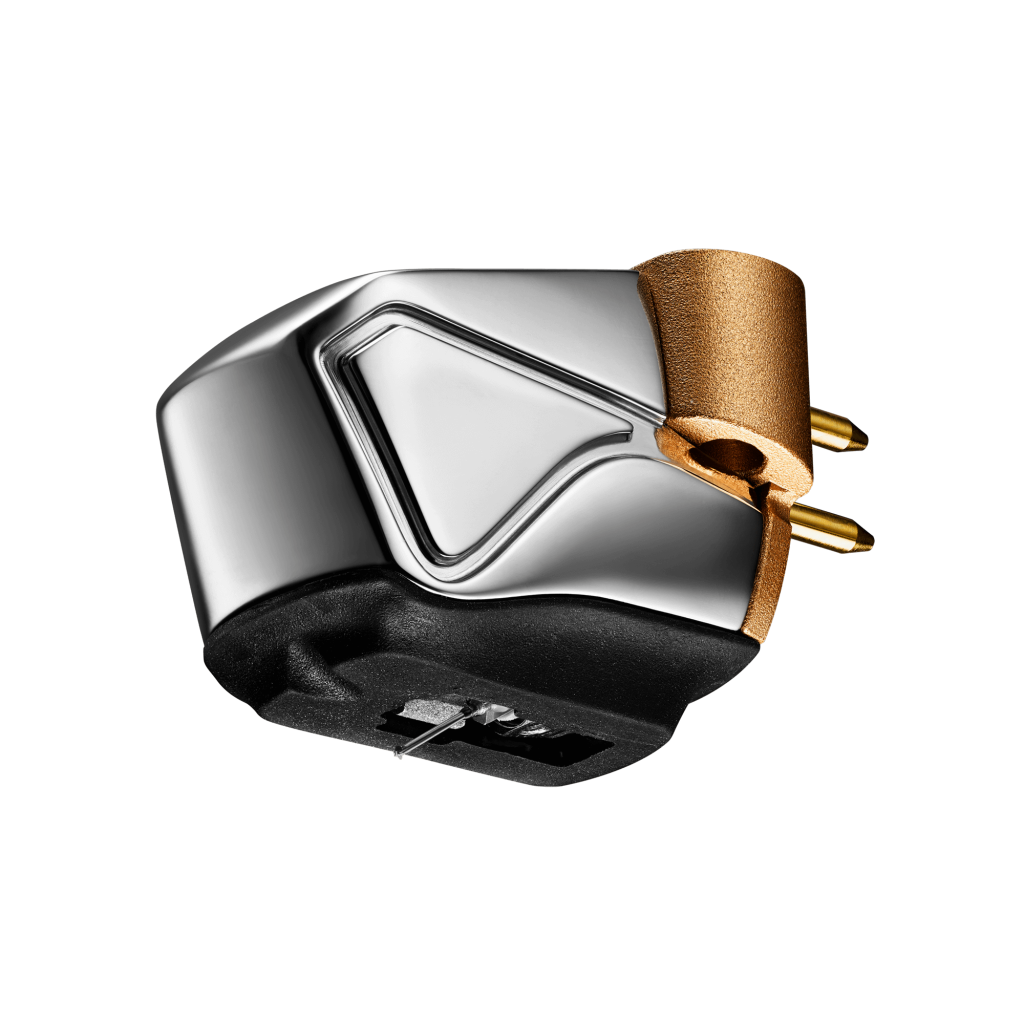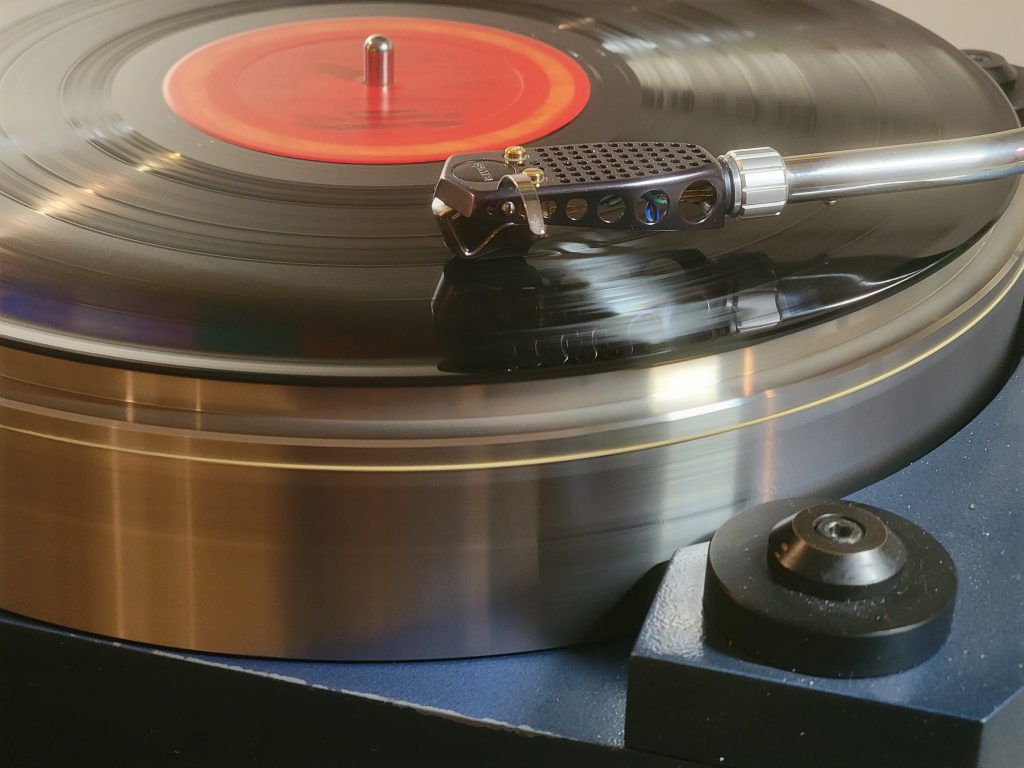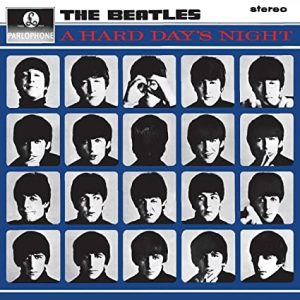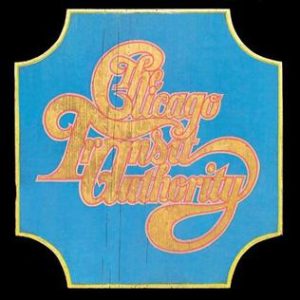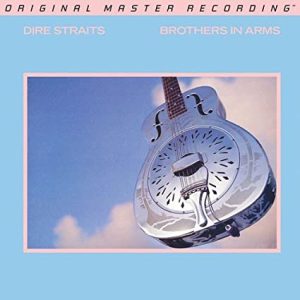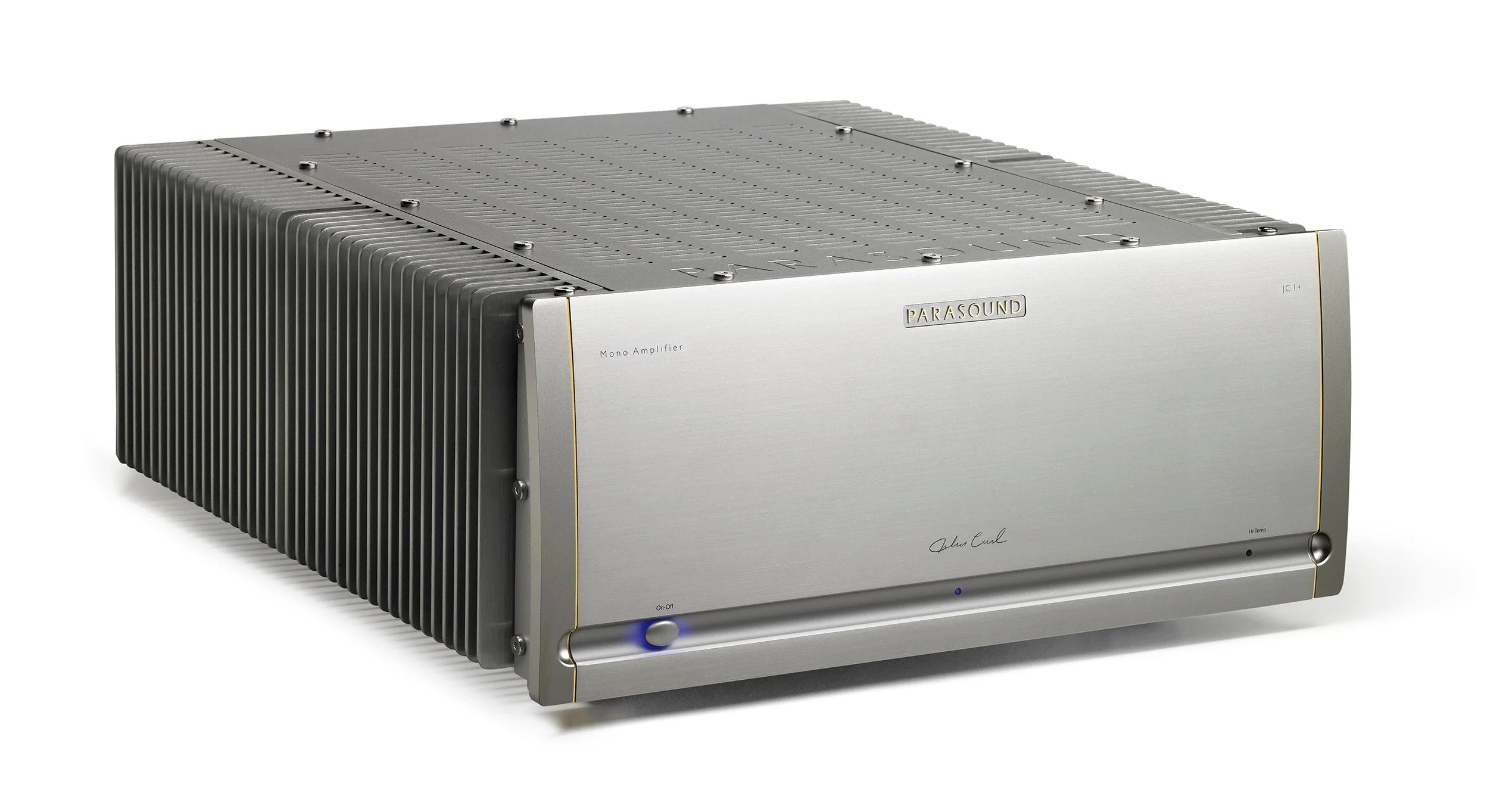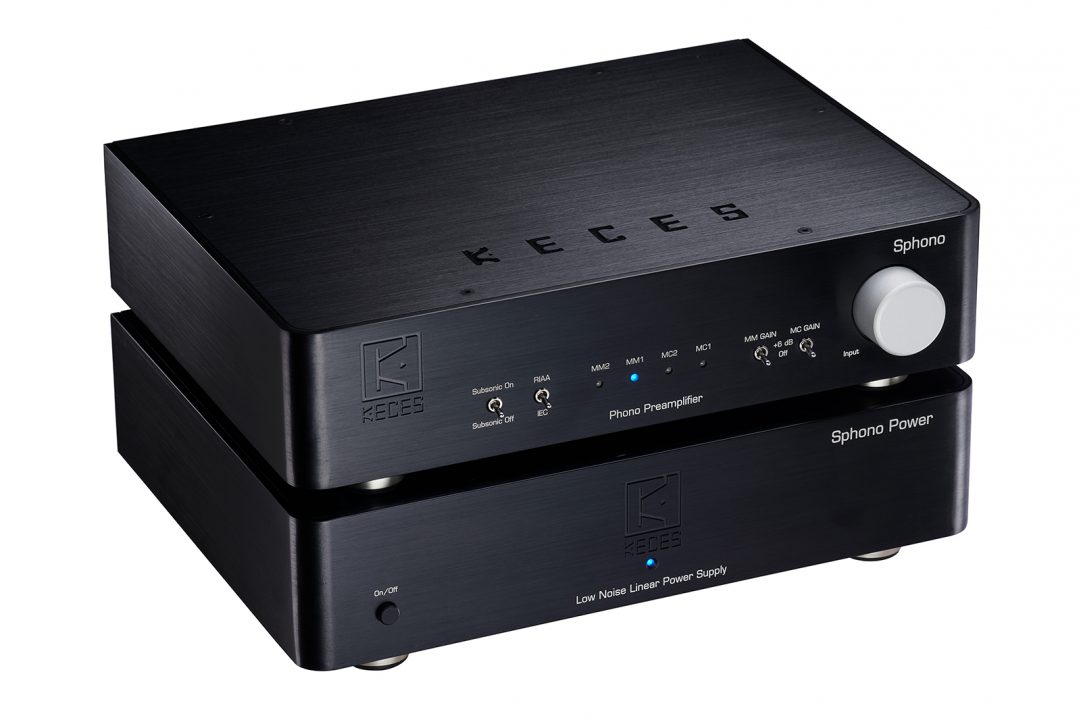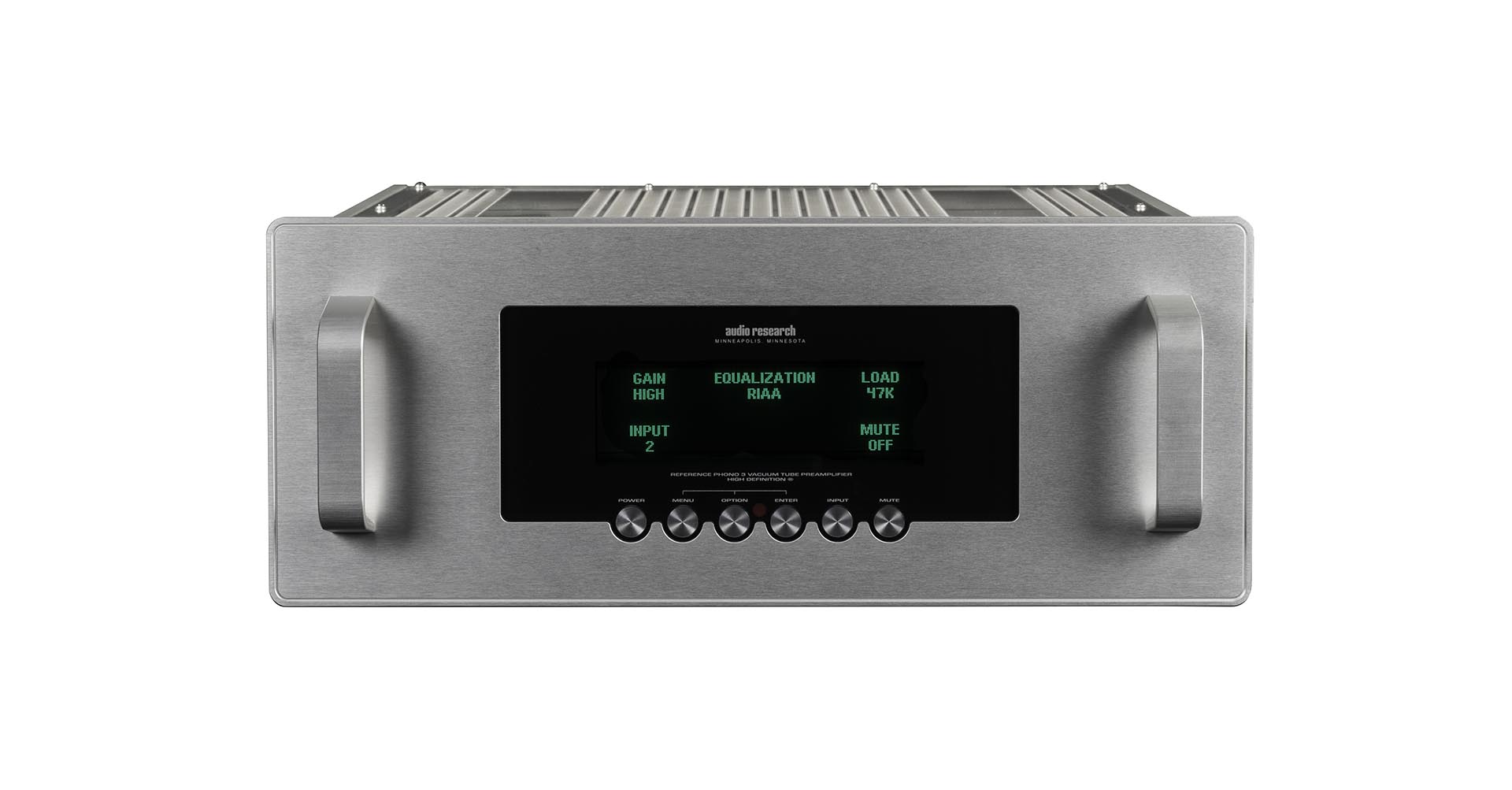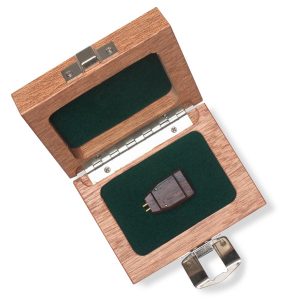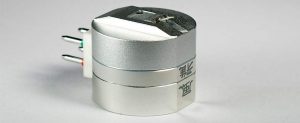The AT-ART20 lists for $2900 and resides as the second most expensive cartridge in the ART series cartridge line. The AT-ART20 is only topped by the $4999 AT-ART1000. The AT-ART20 magnetic circuit was based on the AT-ART9XI, but the AT-ART20 has a thicker front yoke, which improves the flux density and increases the output by over 15% from the AT-ART9XI without additional turns of wire. The cartridge body is made from a combination of titanium, aluminum, and an elastomer undercover. The AT-ART20 has an unusual shape to reduce resonance.
Reviewing the AT-ART20 gave me the opportunity to hear a high output moving coil cartridge in my system for the first time in many years. Both of my reference cartridges (Lyra Etna SL and the Dynavector XV-1S) are low output. The following gear was used during my review of the AT-ART20 cartridge:
- SME 3012R tonearm
- Micro Seiki SX-8000 turntable
- Audio Research Ref 3 phono preamp
- Audio Research Ref 6 line stage
- Audio Research Ref 75 stereo amp
- Parasound JC5 stereo amp
- JBL 4345 speakers
Setup of the AT-ART20 cartridge in my SME 3012R was fairly straightforward. I did find with the design of the cartridge body and the tiny (to me) solid boron cantilever, the combination made it a strain on the eyes to align the cartridge on my rig. Magnification is your friend during setup. I settled on 1.8g of tracking force and loaded it at 200 ohms. Due to the much higher output of the AT-ART20 cartridge, the volume on my Ref 6 was greatly reduced from where it normally sits for my two reference cartridges.
The first thing I want to say about the AT-ART20 is that it put a smile on my face from the first time I placed the needle into the groove. This cartridge puts meat on the bones of the music and never fails to make your listening sessions fun. As you put more hours on the AT-ART20, everything just gets better as the cartridge opens up and really shines. The soundstage is as big as the source recording and if there is height and depth information recorded in the grooves, the AT-ART20 will bring those parameters alive as well.
One of the first LPs I played was The Beatles' A Hard Day's Night from my BC 13 collection. The music jumped to life from the opening chord of the title song. The AT-ART20 realistically portrays the dynamics captured (yes, there is compression used on the early Beatles LPs, but it's part of the sound), the tone of the instruments, and the sound of voices that you know oh so well from many years of listening to them.
Another of my favorite old albums is the original Chicago Transit Authority. This LP is so realistic and dynamic that it's almost scary when you turn the volume up to what I consider the Goldilocks level (not too low, not too high, but just right). Drop the needle on "Introduction" for starters and you will know what I'm talking about. The original Columbia recording was so good at capturing the dynamics of the horns, drums, bass, lead guitar, and vocals it puts all the reissues from the usual suspects to shame. The AT-ART20 brings it all to life and never disappoints to deliver the music with the big and meaty sound that Columbia Records captured so well.
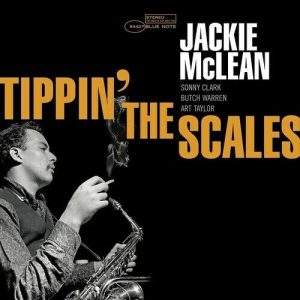
Next up was Jackie McClean's Tippin' The Scales (Blue Note Tone Poet Series). This is just a wonderful sounding LP and the AT-ART20 captures the sound of the piano dynamics and places you in the room where the recording was made. It also captures the sound of the different drums being hit and the skin tones from the different drums. The dynamics captured and played back through the AT-ART20 are startling.
One of my reference LPs for deep bass and shocking punch is Dire Straits' Brothers In Arms (MoFi 45 RPM reissue). The opening song on side four is "The Man's Too Strong." For those who don't own the MoFi 45 RPM version, there is deep bass cut into this song that to my knowledge doesn't exist on any other version of this album I have heard. It's just not there. If your system doesn't have really good extension into the bottom octave, it still might not be there for you. The AT-ART20 doesn't quite capture the lowest sound of the explosion with the same force as my Etna SL, but is sure captures all of the concussion waves that will shake your room after the explosion.
My time spent listening to LPs with the AT-ART-20 cartridge was always fun. The more hours you put on the AT-ART20, the more the cartridge opens up and it just keeps sounding better. If the rest of your gear is up to it, the AT-ART20 will bring music alive in your room and I think it will put a smile on your face too. The AT-ART20 is a cartridge that should be seriously considered for those shopping in the $2900 range or higher. I will miss the AT-ART20 cartridge in my system.
Specifications
- Frequency Response: 20 to 50,000 Hz
- Channel Separation: 30 dB (1 kHz)
- Vertical Tracking Angle: 20°
- Vertical Tracking Force: 1.6 to 2.0 g (1.8 g standard)
- Stylus Construction: Nude
- Recommended Load Impedance: ≥ 100 ohms (when head amplifier connected)
- Coil Impedance: 12 ohms (1 kHz)
- DC Resistance: 12 ohms
- Coil Inductance: 25 μH (1 kHz)
- Output Voltage: 0.55 mV (1 kHz, 5 cm/sec.)
- Stylus Shape: Special Line Contact
- Cantilever: 0.28 mm (0.011") diameter solid boron
- Static Compliance: 23 x 10-6 cm/dyne
- Dynamic Compliance: 13 x 10-6 cm/dyne (100 Hz)
- Threaded Hole: M2.6 x 2
- Stylus Curvature Radius: 1.5 x 0.28 mil
- Dimensions (HWD): 0.68" x 0.66" x 1.05"
- Weight: 0.32 oz.
- Accessories Included: Non-magnetic screwdriver, Brush, Washer x 2, Cartridge installation screws (M2.6) (5.0 mm (0.20") x 2, 8.0 mm (0.31") x 2, 10.0 mm (0.39") x 2, 12.0 mm (0.47") x 2), Protector
AT-ART-20 Cartridge
Retail: $2900
www.audio-technica.com




